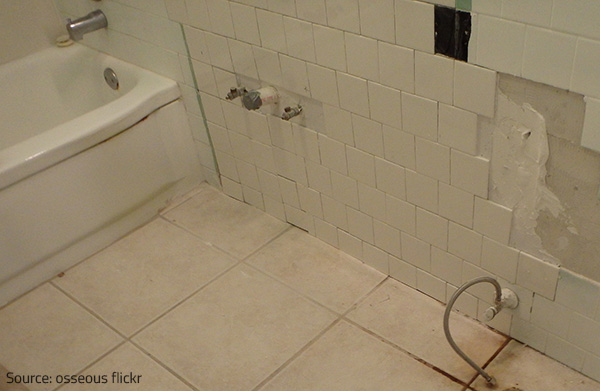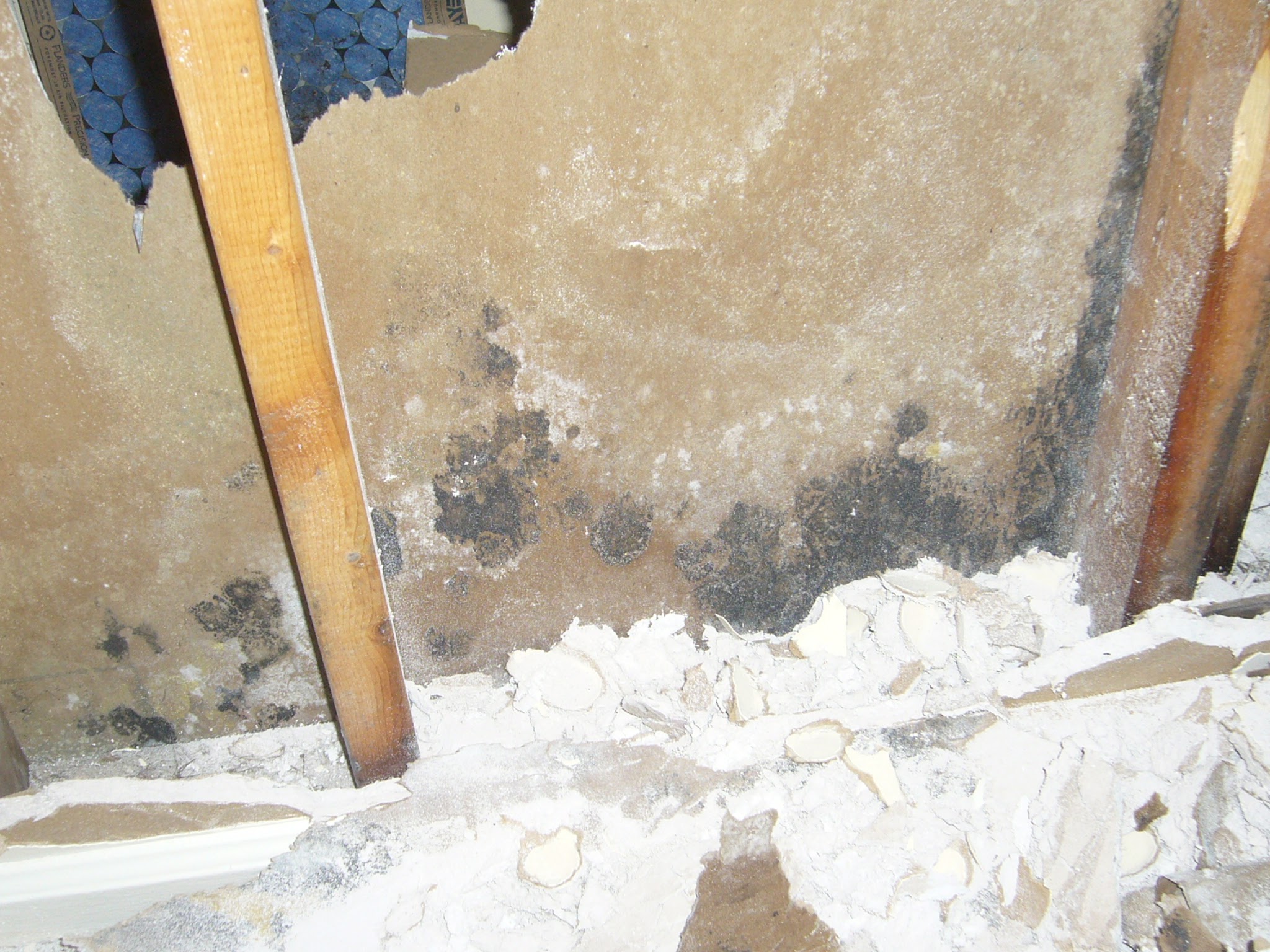Right here below you can locate lots of good quality guidance concerning How to Prevent Bathroom Water Damage.

The bathroom is very at risk for damp buildup and possible water damage because of the frequent use of water in it. This write-up provides straightforward evaluation strategies to aid spotting water damage threats.
The frequent use water in the bathroom makes it incredibly at risk for moist build-up and also prospective water damages. By inspecting it frequently, you can minimize water relevant damages.
The complying with collection of inspections is simple to do and ought to be done when in every 3 months in order to keep your restroom in good shape and also to prevent potential water problems brought on by the bathtub, the shower, pipe joints as well as plumbing, sinks, closets, and also the toilet
Do not overlook doing these examinations and be extensive while doing them. Remember that these simple inspections can save you a great deal of cash by giving very early indications for water damage
Sinks as well as Cabinets
Sinks as well as cupboards are revealed to dampness and also humidity daily and are often overlooked. Inspect routinely under the sink and on the countertop above it. Fix any kind of drip in the catch as it might recommend drainpipe issues. Browse the sink, slow draining pipelines might suggest a blocked drain. Change sink seals if they are split or loose.
Tub and Shower
The shower and also bath tub need special focus and also maintenance. Check the floor tiles as well as replace if cracked. See to it that there is no missing out on grout in between the tiles. Inspect and also replace cracked caulking at joints where the wall surfaces meet the flooring or the bath tub. Blocked drains and pipelines issues will prevent the bath tub from drying out as well as may show severe issues beneath the bath tub. Talk to a professional quickly to avoid structural damages. Take notice of discolorations or soft areas around the bath tub walls as they may show an interior leak.
Plumbing
Signs for water damages are difficult to detect given that a lot of pipes are mounted inside the walls.
Pay special interest to flooring and also walls moisture as well as stains as they might suggest an invisible plumbing trouble. Check dampness levels in adjacent spaces as well.
The Bathroom
The toilet is an at risk water junction. Examine the water lines as well as look for leaks around the toilet seat, in the pipe, and under the water storage tank. If you spot any kind of signs of dampness on the floor around the commode, check for leakages in the toilet rim as well as tank seals.
Know that hanging toilet dish deodorants enhances the opportunities for blockages.
Water Damage Signs In The Bathroom To Avoid Cleanup
Musty smell
This is one of the easiest signs to catch because musty smells are so odorous. The damp, earthy, moldy smell should be a big red flag. The smell will develop when moisture gets trapped in surfaces, and begins to facilitate mold growth. Leaking pipes under cabinets, inside walls, and behind shower fixtures will cause moisture to stay trapped and not dry, which will lead to mold growth and spread. As soon as you notice any musty smells in your bathroom, have it checked for hidden water damage and cleanup signs.
Visible mold
If the smell isn’t there to give it away, sometimes you will actually see mold growth. Finding mold in your bathroom is a serious problem, because mold is very harmful to your health. By the time mold growth is visible, it also means that water damage has already occurred and been present for some time. The only way the mold problem can be resolved is to find the source of the moisture and get it stopped. To safely and adequately remove mold, you need to have professionals handle the remediation. Do not waste any time in getting mold problems addressed, fixed, and sanitized so that you can protect you and your family from the many respiratory symptoms caused by mold exposure.
Damaged floors
Bathroom floors should be able to withstand some exposure to water while still remaining in good condition. However, when excess exposure or water leaks occur, they will begin to damage even the most water-resistant flooring. If you notice any cracking, bubbling, staining, or warping on your bathroom floors, there is probably a water leak somewhere causing the distortion. If you notice areas of the floor have become softer, or even have a spongy feeling, there is probably damage to the subfloor. Subflooring is typically made up of plywood. When plywood is exposed to water or moisture, it will absorb it. Once it has become saturated, the weight of the excess water will cause the wood to swell and soften. Check the floors in your bathroom frequently to catch any of these sings before they lead to damaged subflooring.
Changes on walls
When water leaks behind walls, it will cause changes in the drywall. Peeling plaster, blistering paint, and soggy wallpaper are all good indicators that excess water is building up behind the wall. Water leaking behind drywall will cause it to swell and be soft to the tough. If you start to notice gaps along the trim of your walls, or where tile meets the wall, it could also be a strong indicator that there is a leak behind the wall. Any changes, distortion, or damage on the walls should be evaluated as soon as you notice it to prevent further water damage and cleanup.

I am just very curious about How to Fix a Water Damage Bathroom and I am hoping you liked the new article. Feel free to take the opportunity to promote this page if you liked it. Kudos for your time. Visit us again soon.
Visit Homepage